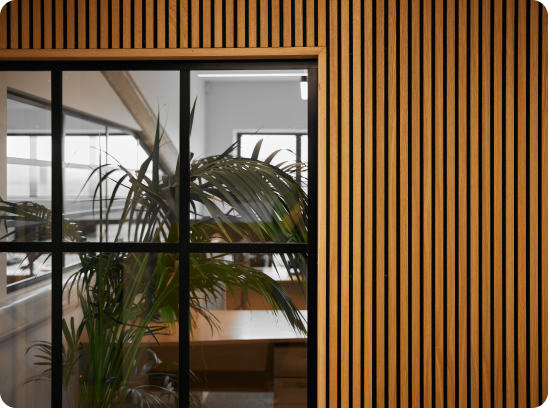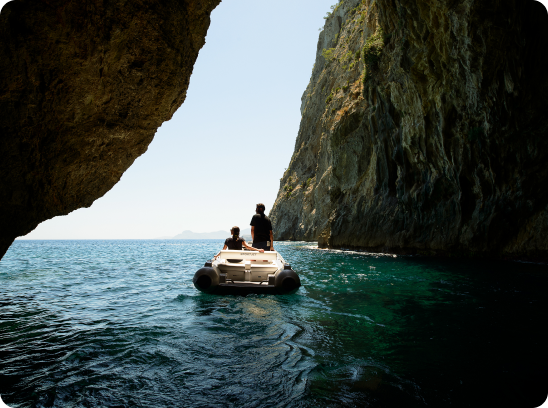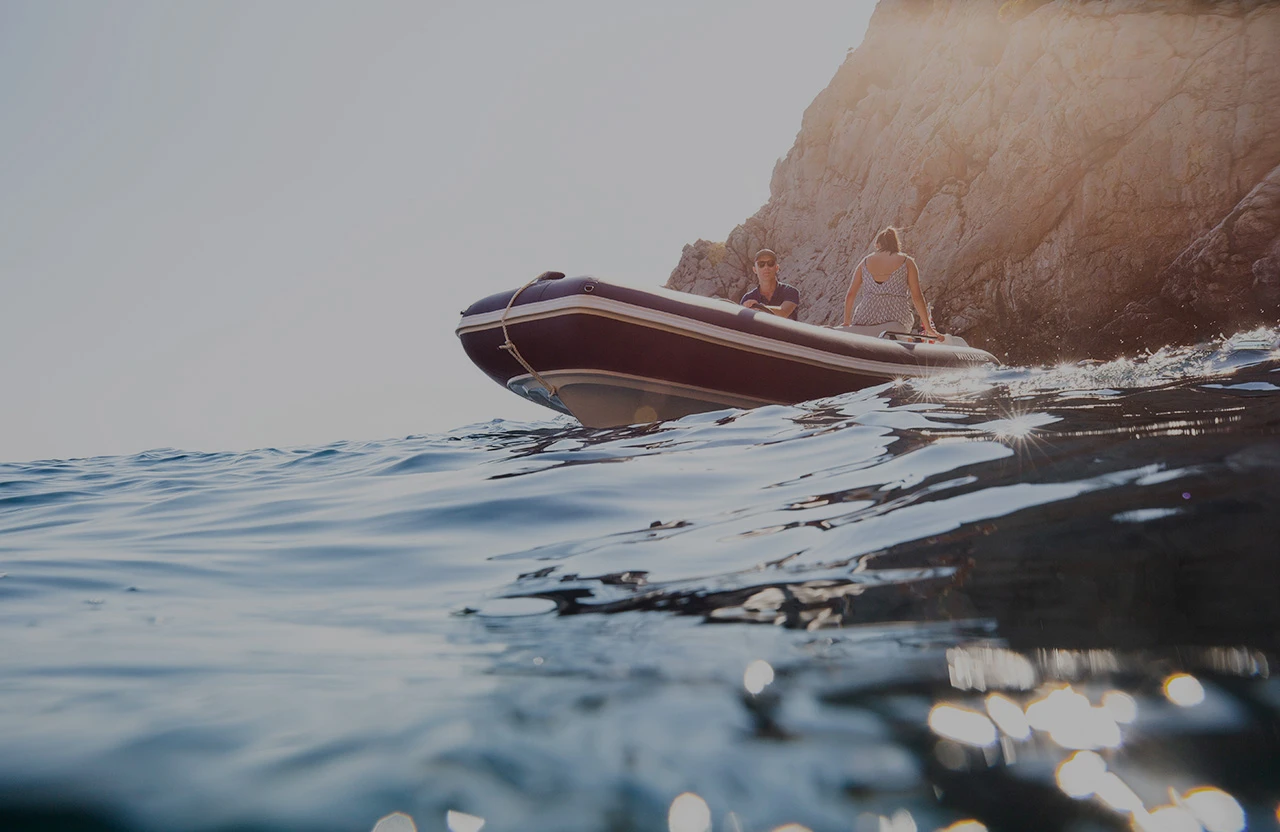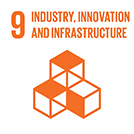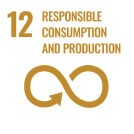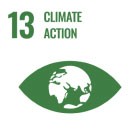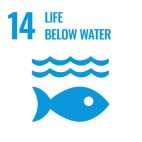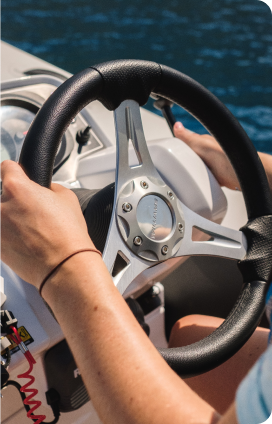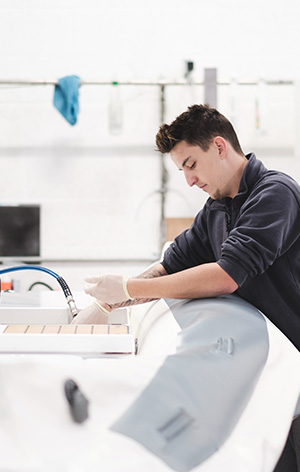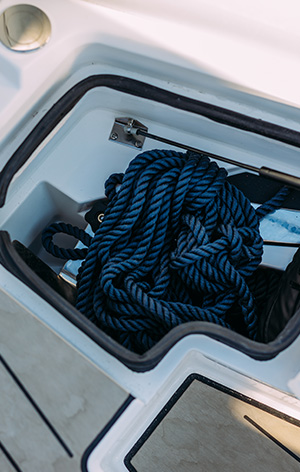Owning a Williams Jet Tender is a joy.
It opens even greater use of your main craft, allowing exploration of small coves, anchorages, and trips ashore, Williams is making every effort through their Sustainability Roadmap to produce your tender with a low environmental impact in the design, production, delivery, and even the end of life of the tender.
At some point you may wish to sell or trade your tender, or after many years faithful service it may have reached the end of its life, all the steps below will ensure that it remains in tip top condition whilst in your ownership and that will make any part of that process much easier.
